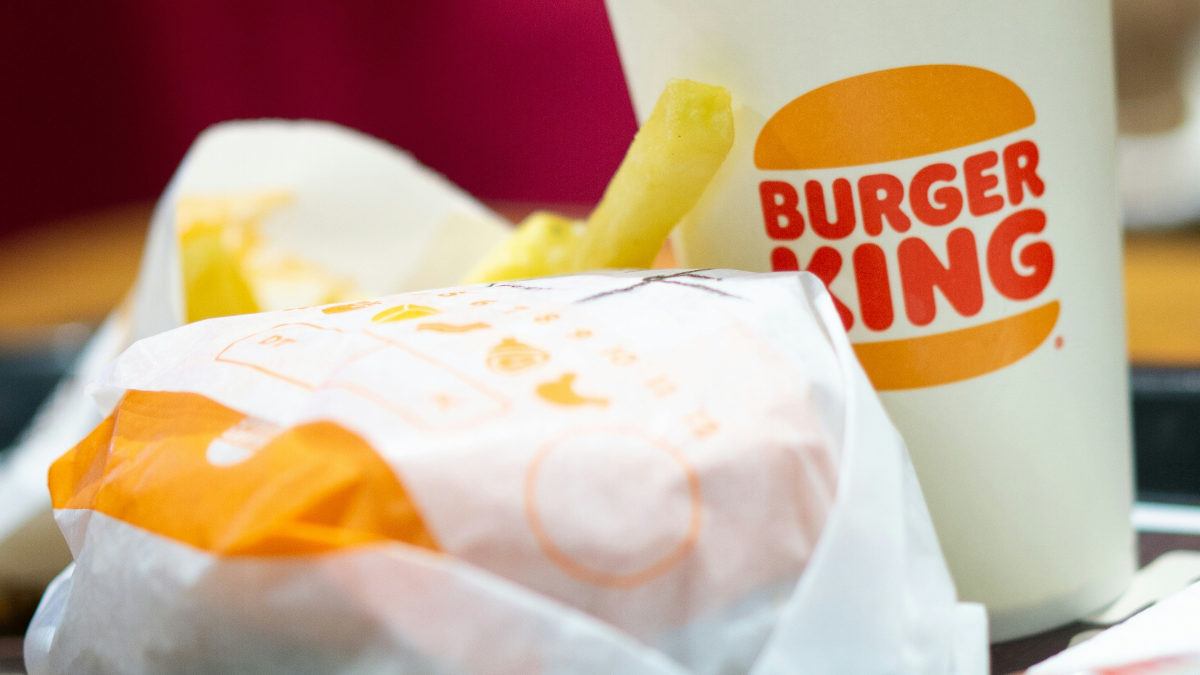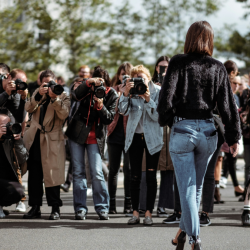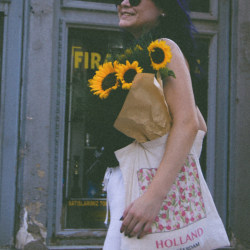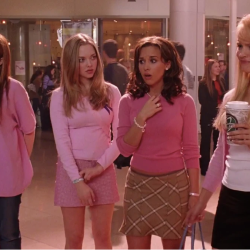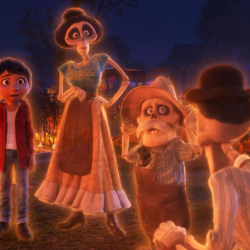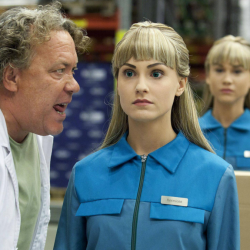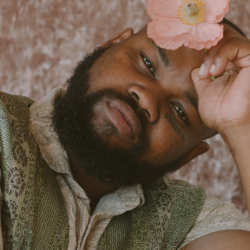There’s a giddy energy in the air in the somewhat perpetually stale oxygen of west London’s ‘finest’ brand arena aka Westfield…
Easter flocks of teenage girls and women with blinkers on make beelines straight for one thing and one thing only — Sephora. As we all drool over Drunk Elephant and salivate over the latest Salicylic Acid, those leaving the shop with their monochrome totes have an air of optimism about them. Despite the fact they’ve just forked over unholy amounts of money to an industry that is centred upon the marketable facade that is beauty, no one is leaving without a tiny sliver of happiness.
Be it a flash in the pan, be it a glance in the mirror, be it just for the selfie — stuff makes us happy.
The admittance of this fact is sure to irritate some of you. I can already hear the outcries and scoffs at how ‘money can’t buy happiness’ and ‘the most precious things in life can’t be bought’ and I hear you. Money doesn’t buy happiness but it sure as hell makes happiness simpler and yes, the most precious things in life can’t be bought, but those experiences or moments make up such a small fraction of a life that you’re left wondering why can’t the other 99% be purchased?
Working in Advertising/PR, I get it
We spend our professional lives in an attempt to manipulate people into purchasing things that exist on the superficial layer of needs. We turn the unnecessary into desirable and contribute to frowned upon ‘materialism’. But what we often fail to take into account is the joy consumers get when they taste our coffee, make their house sparkle with our steam cleaners and feel proud of themselves for being able to afford our new sneakers.
The intent behind selling them their purchase may be morally dubious, but joy is joy. There is no grand scale or jury that picks apart which origins of happiness are more worthy, pure or true than others.
And right now, we should take all the joy we can get. As the threat of nuclear war hangs over our heads and the planet seems to be on a rapid crash course into climate disaster, anything is better than feeling the weight of all that for a moment. Even if the joy from material objects is as fickle and short lasting as popping candy, who are we to deny it to ourselves?
Some would argue that in this age of chronic unhappiness, we can find solutions in our governments
That it’s up to the existing societal structures to ensure we have our wants and needs met and consequently achieve a state of happiness. Yet, while governments and politicians continue to move back and forth in a game of socio-economic chess, the only joy I see emerging is their own egos, and egotistical happiness is not known for its trickle down effect.
So where does this leave brands? With a huge gaping chasm of opportunity. The external world exists in such a state of chaos that brands and their products offer people reliability. Shards of joy that are vital to churning out hits of dopamine when little else can. But right now we are only hitting a mere tiny percentage of what we can achieve.
Having worked in the creative departments of some of the best agencies in the world, I saw genius every single day. I’d see ideas dreamed and schemed up by my colleagues that were funny and made me feel and added a whole new dimension to the physical product that was in my hand. But we always came up against the same brick wall. The clients.
Those internally in charge of brands and the output that correlates with consumer joy pitifully under-exploit the chance they’ve got. Stop approaching every piece of creative work from an angle of fear. Stop giving feedback that contradicts. Stop playing it safe. Stop being a creative director. Stop deciding that legal will say no and instead ask yourself, how could legal say yes?
Because the wonderful thing about the job we are in, is that we can give people hot, fast joy. All it takes is doing it. So give us your latest collabs, your jalapeño editions, your edible billboards and your tongue in cheek adverts. We’ll take whatever we can get our hands on.
It feels good.
Featured image: Emma Rahmani / Corelens


























